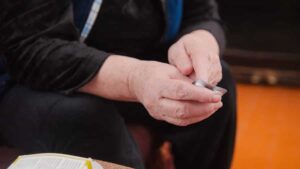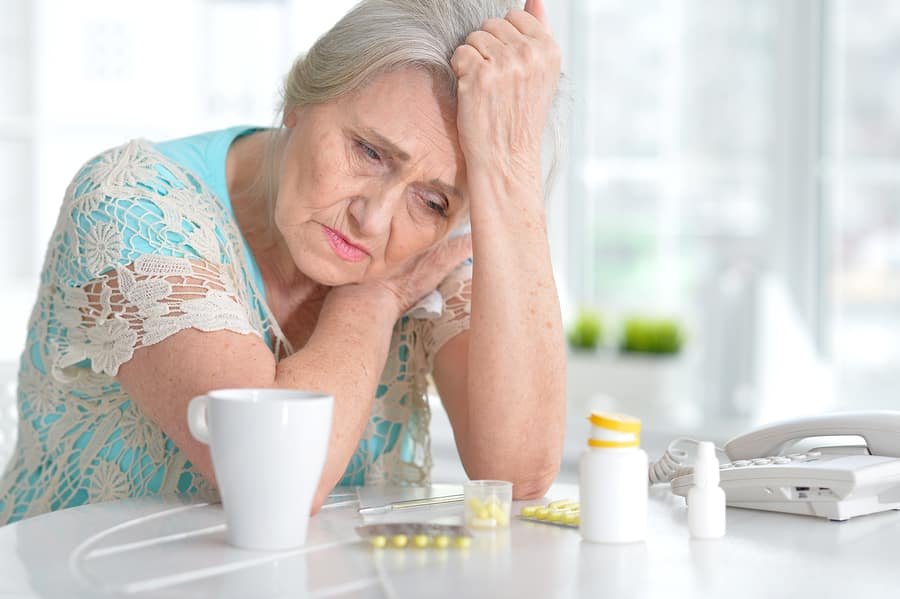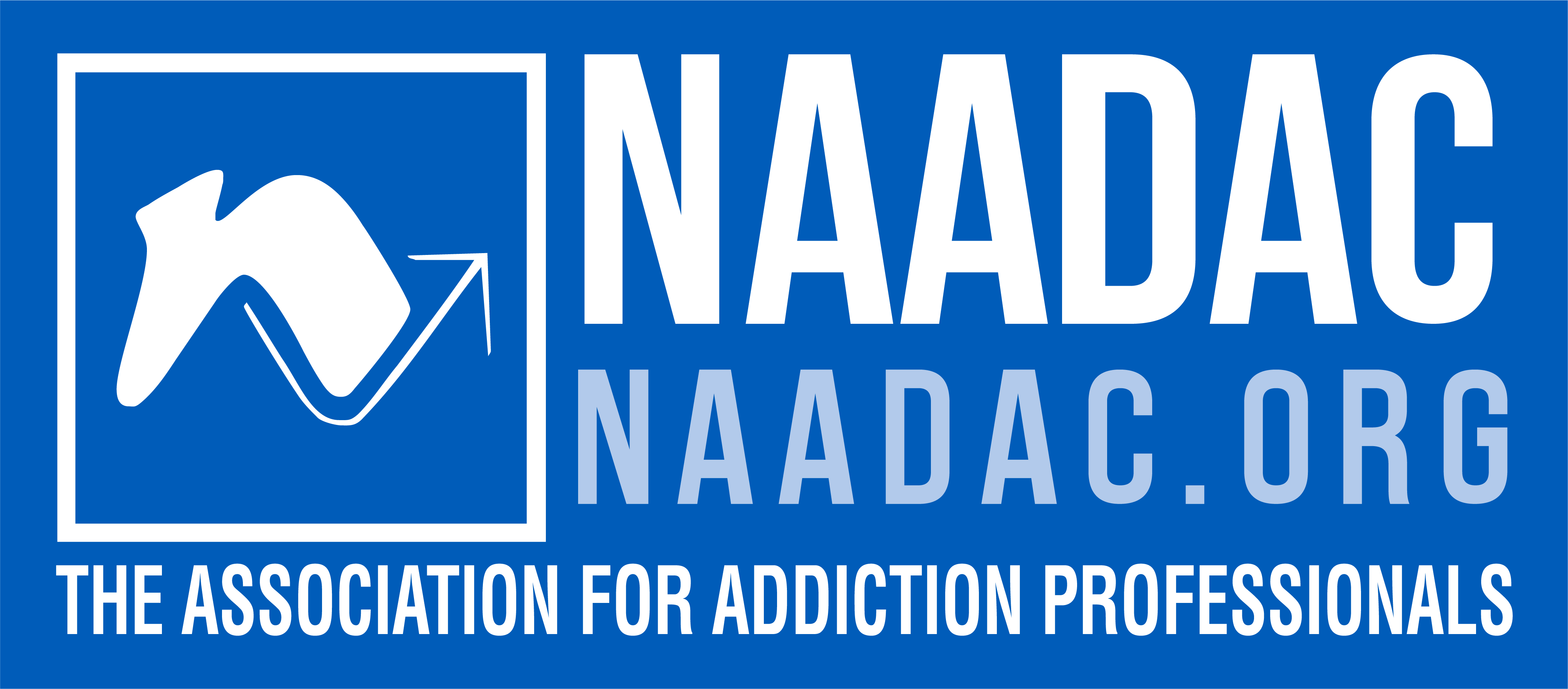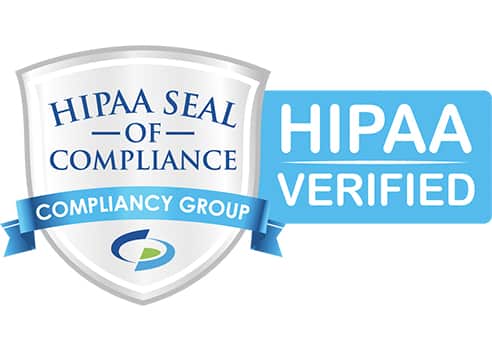The opioid epidemic has deeply affected communities across the country. However, one group has received relatively little to no attention: senior citizens. Although many people think of the opioid crisis as primarily affecting young people, prescription senior opioid abuse is a growing problem. Seniors are affected by age-related conditions like arthritis, degenerative disk disease, and chronic pain that can also contribute to long-term opioid use.
Why the Opioid Epidemic Affects Older Adults?
Although the causes of the opioid epidemic are multifactorial, one of the primary drivers of this crisis is the high rate of prescription painkillers. Age-related conditions like arthritis, degenerative disk disease, and chronic pain affect seniors. This can contribute to long-term opioid use. Medical providers have been prescribing opioid drugs at a much higher rate than in previous decades. In fact, 1 out of 3 Medicare beneficiaries received an opioid prescription painkiller in 2016. This means medical providers prescribed approximately 500,000 senior citizens. We evidently consider this a high amount of opioids.
Many individuals take prescription drugs for long periods of time because medical provides commonly prescribe them for chronic pain. Soon, they become physiologically dependent on opioids, meaning that they need higher and higher doses to achieve the same pain relief as they did at the beginning of treatment—the high rate of these prescriptions fuels drug dependence and senior opioid abuse.
Descriptions for Drug Dependence:
- The drug user has developed a drug tolerance, needing to consume increasingly greater quantities to experience the desired effect.
- The drug user experiences withdrawal symptoms when not using the drug.
Ultimately, the addiction can cause older adults to crave more painkillers or a more potent opioid.
When Opioid Use Turns into Addiction
Of course, it is important to note that many seniors receive the appropriate amount of prescriptions for painkillers. Also, pain pills can be useful as a short-term aid while recovering from surgery or an acute injury. However, using opioid drugs for a more extended period, such as beyond 12 weeks, places patients at a much higher risk of addiction.

There are many definitions of drug addiction. Some of the commonalities among these definitions are:
- The inability to reduce or stop using the drug, despite numerous attempts.
- Continued drug use regardless of the negative consequences caused to the user’s social life, physical and emotional health.
Opioid addiction also presents itself when a person begins changing their behavior to obtain more of the drug. They might constantly be watching the clock to see when they can take their next pill. Alternatively, they may “run out” of medications and ask for pills from a friend or loved one. Being alert to the signs of opioid abuse can help you ensure your loved one gets help.
The DSM (Diagnostic and Statistical Manual of Mental Disorders) does not define “Drug addiction” as a diagnosis. Instead, the DSM uses terms such as “drug dependence” and “drug abuse’ to describe substance use disorders.
General Risks and Issues with Senior Opioid Addiction
Many seniors feel ashamed and scare to seek help for issues created by prescribed painkillers. However, medical-tailored opioid treatment can not only save lives but salvage family relationships and restore meaning to existence.
Friends and family members need to be aware of some of the following issues that can occur with seniors:
- Some people have filled their prescriptions for opioid drugs for decades. Now with the new prescribing regulations, they find themselves alone and desperate.
- Older adults are more prone to falls, broken bones, and cognitive impairment. Taking opioids may jeopardize someone’s balance and increase all these risks.
- The person takes more of the opioid medication than prescribed due to forgetfulness.
- Additional substances can also complicate opioid addiction. Patients with different medical conditions may inadvertently receive dangerously interacting prescriptions from different doctors. This oversight can cause respiratory depression, especially when users combine sedatives and opioids.
Unfortunately, some of the signs and symptoms of senior opioid abuse go unnoticed by family members. They may believe that a loved one shows typical signs of physical deterioration due to age or wants to make sure they have adequate pills to address their pain.
Whenever you notice a gradual change in an older loved one’s behavior, inquire about opiate use. Use non-judgmental language to encourage your loved one to open up about prescription painkiller abuse.
Treatment Centers for Seniors Addicted to Painkillers
The good news is that there are effective treatment options for seniors suffering from painkiller addiction. One of the biggest barriers to treatment is resistance from the affected individual. Older adults may be particularly resistant to treatment because of the stigma about addiction and shame about having difficulty controlling their drug use. They may be reluctant to enter a treatment program with younger individuals to fear standing out or being labeled a “drug addict.”
Individualized, comprehensive treatment protocols in medical facilities provide the best treatment options for senior opioid abuse. For example, the Waismann Method provides a thorough assessment of medical, psychological, and emotional factors that opioid dependence and addiction may affect. Opioid treatment protocols are specially tailored to ensure a fast and comfortable withdrawal from opiates. Having adequate medical assistance is particularly important for older adults. Opioid withdrawal may be difficult or even dangerous for someone with fragile health or other medical conditions (e.g., heart problems, liver, or kidney issues).
Conclusion
There is no reason for seniors to suffer because of shame or fear due to opioid dependence. Effective, respectfully and individualized treatment is available. Patients undergoing the Waismann Method of opiate detoxification are treated in a full-service hospital’s private room. They are admitted, just like if they were suffering from any other medical issues. Our opioid treatment protocol allows seniors to feel comfortable and less ashamed of their opiate issues. After undergoing detox, patients also are assisted in an exclusive recovery retreat. At the retreat, patients receive personal and professional care to transition to an opioid-free life comfortably. It is never too late to get help; the key is not to wait.
Resources:
SAMHSA’s Resource Guide on Opioid Use in the Older Adult Population














